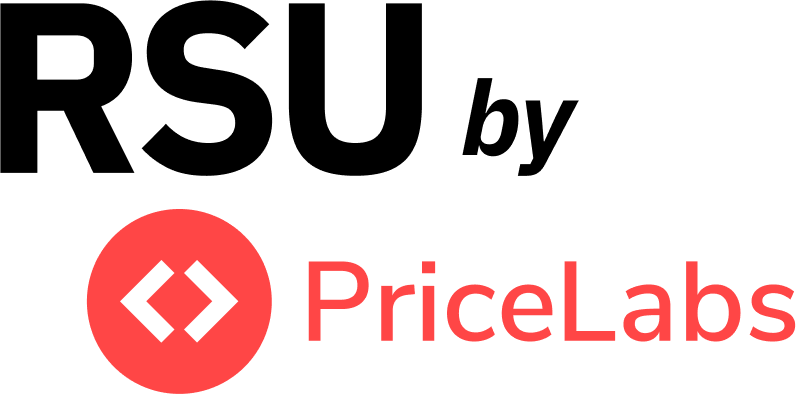Airbnb investing is one of the most talked-about segments of real estate today—but it’s also one of the most misunderstood. Whether you’re a seasoned real estate investor looking to diversify or a first-timer exploring new passive income streams, success depends on much more than buying a property and listing it on Airbnb.
This guide breaks down how to start investing in Airbnb rentals, what models are available (beyond ownership), and how to choose the right market, price point, and tech stack for long-term success.
What Is Airbnb Investing, Really?
Airbnb investing refers to putting capital (time, money, or both) into properties that will generate revenue through short-term rental platforms like Airbnb. This doesn’t always mean buying a vacation home. Today’s models range from full ownership to co-hosting to arbitrage.
- Ownership Model: You buy and furnish a property, then manage it directly or through a professional property manager.
- Rental Arbitrage: You lease a long-term rental, furnish it, and sublet it on Airbnb—with landlord approval.
- Co-Hosting: You partner with a property owner and earn a share of the income by managing the listing, guest experience, and operations.
Each model has different capital requirements, regulatory risks, and profit potential. Be sure to compare your risk tolerance, liquidity, and available time before committing.
How to Choose a Profitable Market for Airbnb Investing
Market selection is often the single most important factor in Airbnb investing. Look beyond popular destinations to evaluate:
- Occupancy rates and seasonality
- Average Daily Rates (ADR)
- Short-term rental regulations
- Supply and competition dynamics
📊 Tip: Use tools like PriceLabs’ Market Dashboards to analyze trends in local ADRs, occupancy, and event-driven demand. These help you avoid over-saturated or over-restricted markets.
Running the Numbers: Budgeting and ROI Realities
Before investing, it’s essential to model your potential returns. This includes:
- Upfront costs: These can include the purchase price or security deposit of the property, furnishing and equipping the space to meet guest expectations, any necessary renovations or updates to bring the property up to code or enhance appeal, and the cost of setting up operational tools (e.g., smart locks, channel managers, professional photography).
- Recurring costs: Think beyond just mortgage or rent payments. Recurring expenses also encompass utilities (water, electricity, internet), short-term rental insurance (which differs from landlord or homeowner coverage), regular cleaning and laundry services, maintenance and repairs, restocking consumables (toilet paper, soap, etc.), and the service fees taken by Airbnb and other platforms.
- Income assumptions: It’s critical to base projections on accurate local market data. This means assessing average nightly rates for comparable listings in the area, seasonality patterns, and realistic occupancy rates. Many new investors overestimate returns—using PriceLabs’ Revenue Estimator can help ground your numbers in actual performance data and avoid costly miscalculations.
📈 Tools like PriceLabs Revenue Estimator can help project potential income based on historical and seasonal demand, validating assumptions before you commit.
Risk Management and Legal Considerations
Short-term rentals face unique challenges that traditional landlords don’t:
- Sudden regulation changes or permit caps
- Uncertain seasonality or event-driven demand
- Higher guest turnover, cleaning and repair costs
- Insurance gaps and liability risks
🔎 Always research:
- Local zoning laws and STR permits
- HOA restrictions
- Short-term rental insurance coverage (not just landlord insurance)
Mitigate risks early and build buffers into your ROI planning.
Tools and Tech That Support Smarter Investing
Even a small Airbnb portfolio benefits from automation and analytics. Consider:
- Pricing automation: PriceLabs for dynamic pricing, seasonal strategies, gap filling
- Performance tracking: Portfolio Analytics to spot underperformers and reallocate capital
- Guest communication & access: Smart locks, auto messaging tools
Investors who use tools from day one make better decisions and scale faster.
Scaling from One Property to a Portfolio
The first listing is the most complex. But once you develop SOPs for cleaning, pricing, and guest messaging, you can scale.
Many successful Airbnb investors:
- Repurpose systems to launch multiple units in the same city
- Cross-list on other OTAs to drive more bookings
- Build direct booking websites and loyalty loops
- Partner with investors or property owners as co-hosts
👉 Want more strategic insights like these? Subscribe to our free newsletter for weekly news, trends, and actionable tips.
Final Thoughts
Airbnb investing isn’t just about owning property—it’s about making smart, data-informed decisions. Whether you’re building a side hustle or a scalable portfolio, use tools like PriceLabs and insights from Rental Scale-Up to stay ahead of the curve.
Looking for deeper trend analysis? Check out our 2025 Vacation Rental Trends report or explore our Market Dashboard walkthrough to see what’s changing in your region.







